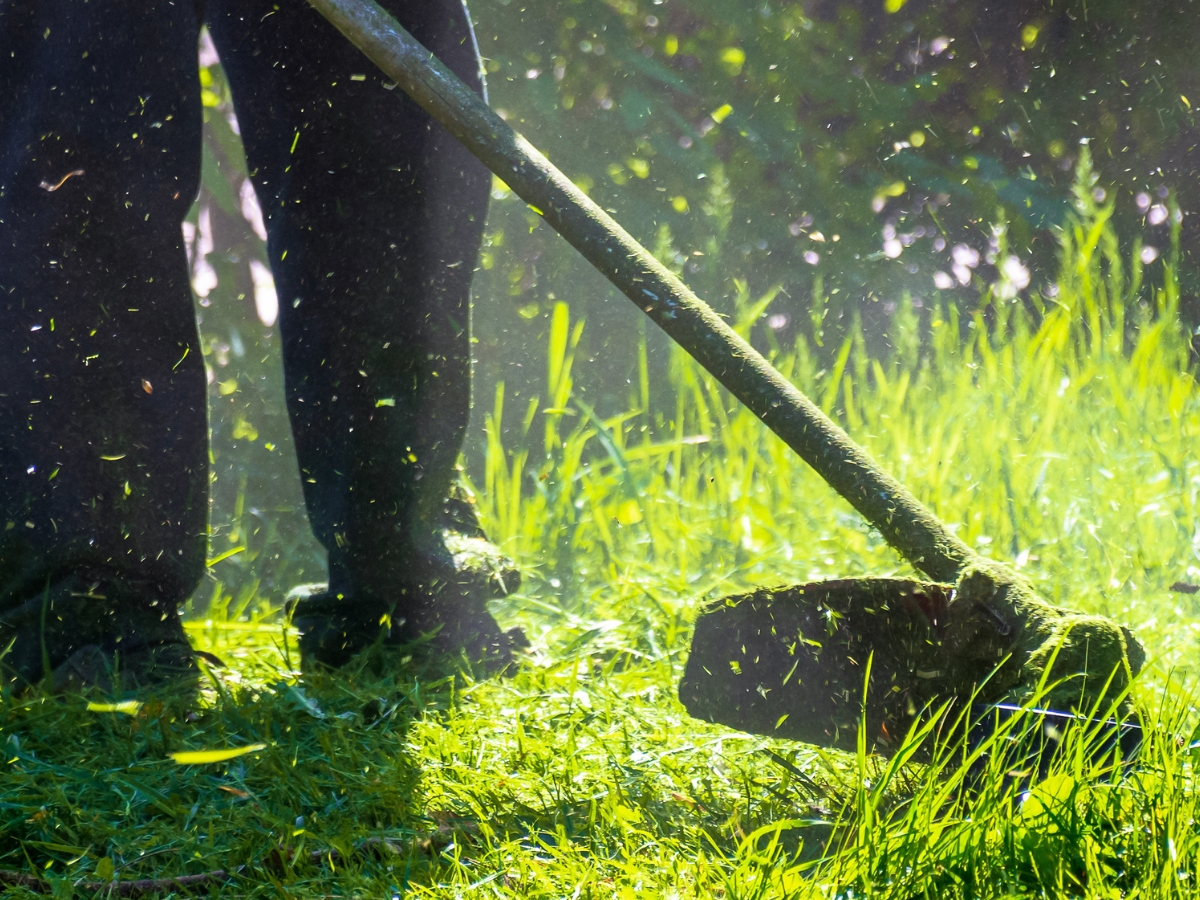Contents
Getting your lawn into top shape is tough work, but keeping it in good condition during the harsh winter is equally challenging. If you experience snowfall and consistently low or even freezing temperatures, giving your lawn the protection and care it needs to survive this phase is more important.
The overall process is straightforward and consists mainly of cleaning, protecting, and nourishing your lawn. This way, it will be in good condition and have all the resources it needs to stay in good shape until summer rolls around. Here are 3 tips from the pros to help you give your lawn the care it deserves.
Deep Clean
Fallen leaves, twigs and branches, debris, small rocks, and even excessive vegetation can be a problem. You need to get these out of your lawn, ideally 6-8 weeks before winter rolls around. However, doing it later than that will still be beneficial.
The objective is to aerate your lawn. The fewer obstacles there are between the lawn and fresh air, the easier and quicker it will be for the soil to fill itself up with oxygen. If you have tightly compacted soil or very dense grass or vegetation, you could even make some holes in the lawn with a shovel (roughly the width of the shovel and about as deep as the shovel’s paddle). This will allow oxygen to penetrate deeper into the soil and aerate soil that isn’t directly in contact with the atmosphere.
Protect
With all the debris (and even some vegetation) removed from the garden, you are exposing the garden to more light and air and things that aren’t beneficial for it. While you do want to aerate the garden, you don’t want to expose it so much that it loses its natural oils, water, and nutrients.
The perfect solution is to use some of the dead leaves and organic matter you removed from the garden to make a mulch and then cover the garden with it. You want to layer a thin layer of mulch which will provide the garden with organic superfoods. It will also act like a thin blanket that will protect the tender parts of the grass and plants from too much exposure to light, wind, and water. This ensures that the highly nutritious topsoil stays in place and the vegetation can get a slow and consistent supply of energy while also being protected.
Fertilize
Just as insects and animals (including humans) need more energy to withstand harsher climates (especially cold), plants also need slightly higher nutrition levels to keep themselves alive and grow. To help your lawn in winter in terms of nutrition, consider giving it a good quality NPK (nitrogen, phosphorous, potassium) mix.
You can use granular, liquid, or any other kind that you prefer. However, you want to be careful with how much you use because too much can ‘burn’ the soil and kill the plants. Ideally, you want to use small quantities and fertilize the lawn 3-4 times before the winter sets in, so the fertilizer has enough time to seep into the soil from where plants can draw what they need when they need it.
Learning how to prepare a lawn for winter can be tricky initially, but it becomes easier once you get the hang of what works and what doesn’t. If you don’t want to risk it, and it’s your first time handling a lawn in winter, you can always call Home Service Hookup. Home Service Hookups works with homeowners and connects them to local businesses that do quality work. This way, you don’t have to worry about your lawn’s health or finding the right person to handle the task.




